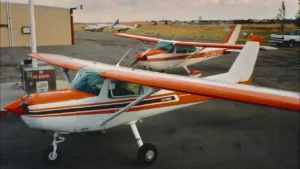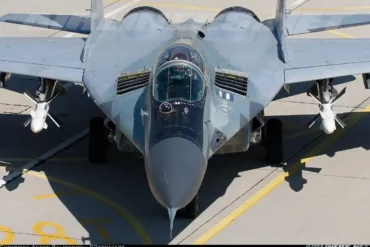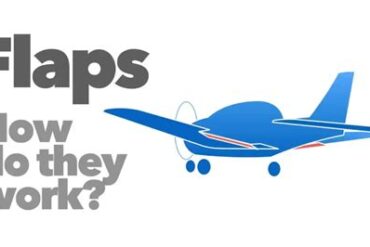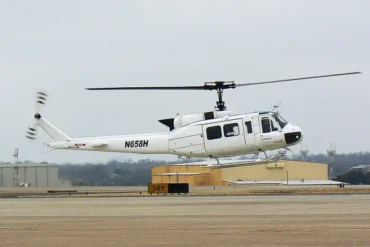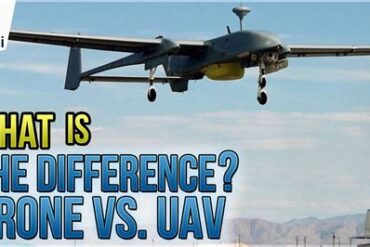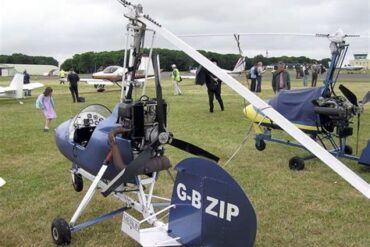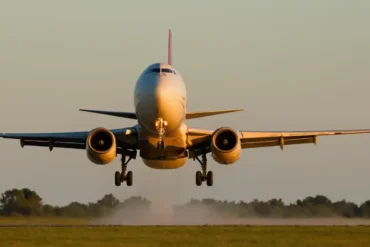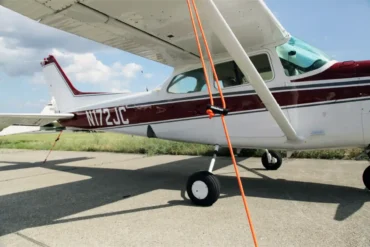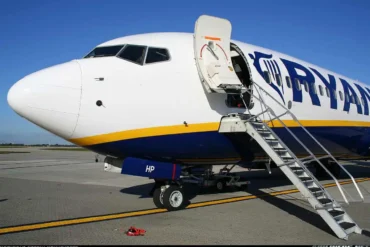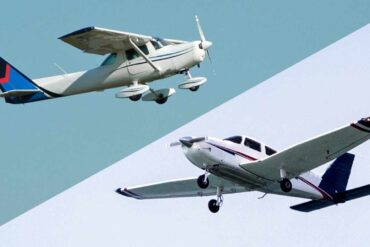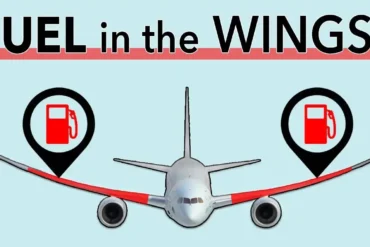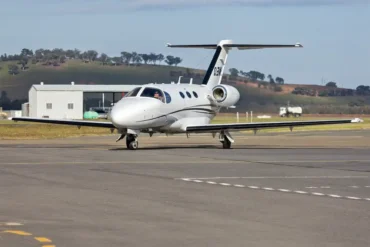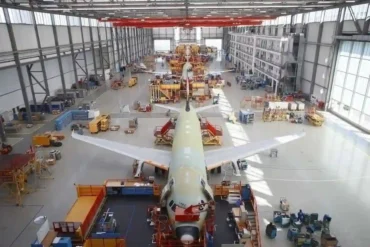If you’re considering training aircraft, the Cessna 172 and 152 are great options to look at. Both high-wing piston planes are commonly used for flight training. But there are some important differences that can help guide your decision when picking a training aircraft.
Cost
While a used Cessna 172 can range from $70,000 to $400,000, the discontinued Cessna 152 presents a more budget-friendly choice. Typically priced between $50,000 and $150,000, the 152 is an affordable alternative for aviation enthusiasts.
Seating
The seating capacity is a key factor. The Cessna 172 comfortably fits four people, providing extra legroom and space. The Cessna 152 on the other hand, is limited to two seats. This makes it better suited for a more intimate flying experience.
Fuel Tank Size
There’s a noticeable difference in fuel tank sizes. The Cessna 152 has 26 gallons, while the Cessna 172 has larger standard tanks ranging from 42 to 56 gallons depending on the model. The 172’s expanded capacity is ideal for extended cross-country flights since you won’t need to stop for fuel as often.
Fuel Efficiency
Thanks to its lower hourly fuel burn, the Cessna 152 shines as an economical cross-country option. Although it cruises slower than the 172, the 152’s cost-effective operation and reduced speeds during training make it attractive for many pilots. It lags the 172 by about 20 knots in cruising speed.
Horsepower
The Cessna 152 features a 110-horsepower Lycoming engine, setting it apart from the 100-horsepower Continental in the Cessna 150. The Cessna 172 relies on a Continental or Lycoming motor with 145 to 180 horsepower depending on the variant.
Performance
With its extra horsepower, the Cessna 172 delivers superior climbing ability and faster cruising velocities. The larger tanks also enable longer range compared to the 152. The 172 excels in mountainous areas and hot climes with high density altitudes. In contrast, the lower-powered 152 struggles with climb performance in thin air, limiting its capabilities on hot days and in mountainous regions.
Useful Load
Aircraft usefulness involves calculating the useful load, which accounts for pilot, passengers, fuel, oil, and cargo weight. With its smaller frame, wings and engine, the Cessna 152 has a significantly lower useful load of about 589 pounds. The Cessna 172 on the other hand offers a larger useful load, around 878 pounds. This expands its capacity for passengers, cargo, and extended flights.
Choosing between the Cessna 172 and 152 means weighing the tradeoffs. The more versatile and powerful 172 contrasts with the efficient and economical 152. Both make excellent trainer aircraft with their own advantages for pilots.
